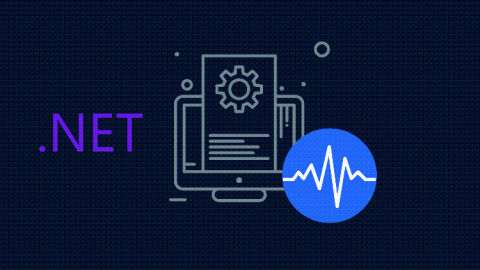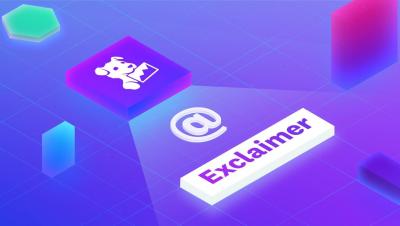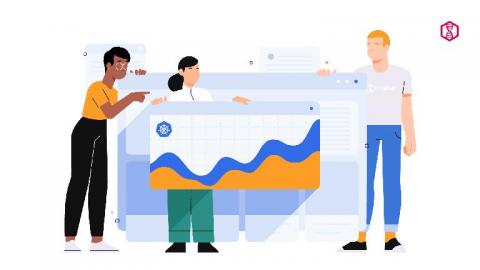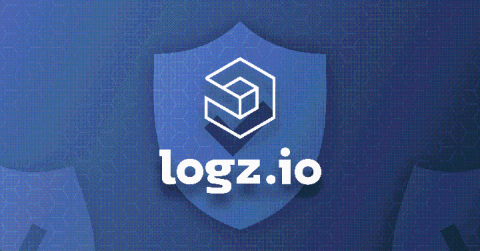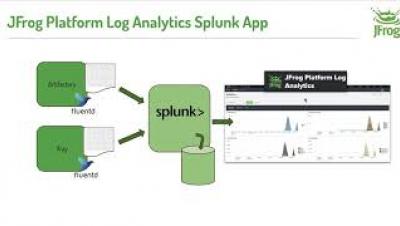The Buzz About AIOps
What’s the buzz around AIOps? According to Gartner, “AIOps is the application of machine learning (ML) and data science to IT operations problems.” Though the terms AI and ML conjure images of almost magical capabilities, devoid of connection to the domain in which it’s applied, actually the reality is far different.




